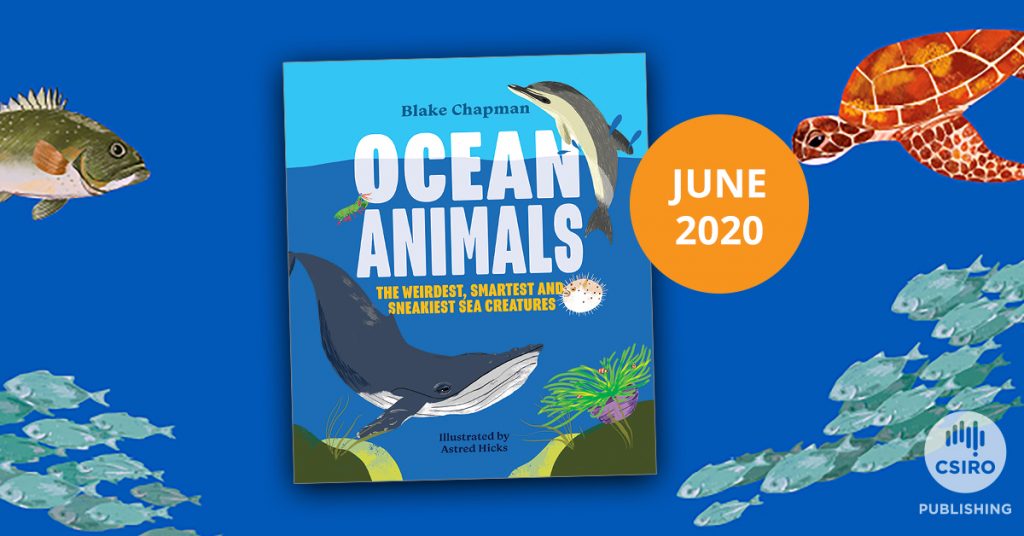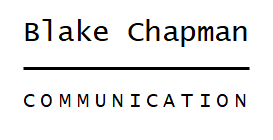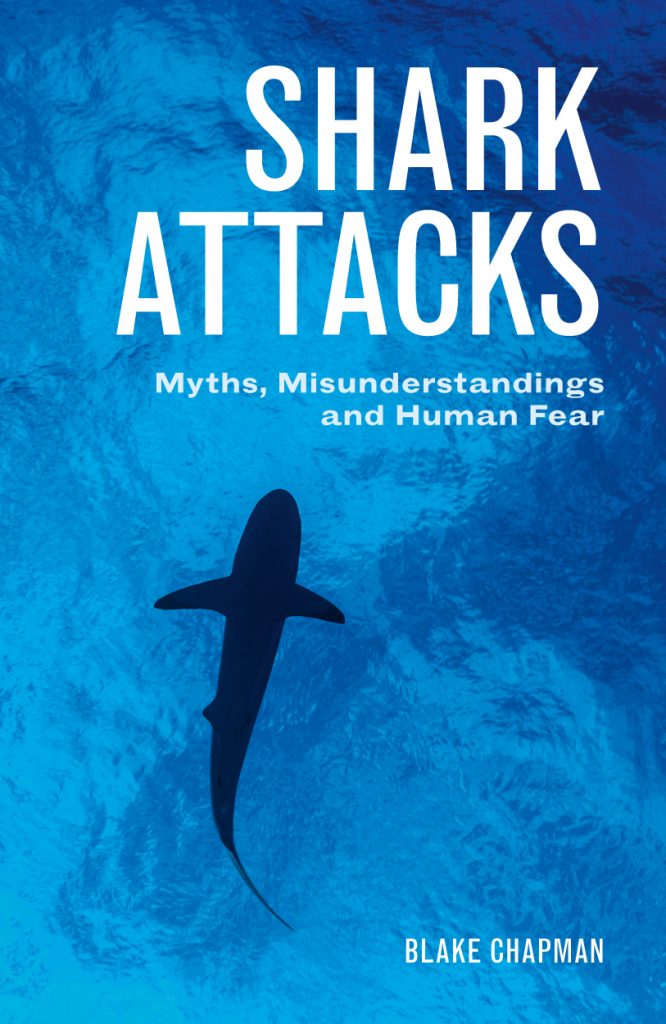My Books and Writing

Ocean Animals: The Weirdest, Smartest and Sneakiest Sea Creatures
Deep dive into the world of ocean animals and discover how they survive and thrive.
Dive in to the incredible world of ocean animals!
Ocean animals are truly awesome. They come in every size, colour and shape imaginable. They are also some of the weirdest, sneakiest and smartest animals on the planet!
This book focusses on the features and skills that make these creatures extra-incredible. You will discover animals that are masters of defence and others that use high speeds to eat or avoid being eaten. There are sea creatures that use their size as an advantage, both big and small, and others that are just really, really smart!
Whether you’re a fan of fish, a connoisseur of crustaceans, mad about molluscs or just love jellyfish, Ocean Animals has got you covered. You may even discover some fantastical creatures you never knew existed.
Full of fun facts, ‘sea-lebrity’ species profiles and amazing pictures, you will also learn about issues threatening marine life and tips on how to help protect our amazing ocean environments.
Shark Attacks
Myths, Misunderstandings and Human Fear
Humans spend more time in or on the water than ever before. We love the beach. But for many people, getting in the water provokes a moment’s hesitation. Shark attacks are big news events and although the risk of shark attack on humans is incredibly low, the fact remains that human lives are lost to sharks every year.
Shark Attacks explores the tension between risk to humans and the need to conserve sharks and protect the important ecological roles they play in our marine environments. Marine biologist Blake Chapman presents scientific information about shark biology, movement patterns and feeding behaviour. She discusses the role of fear in the way we think about sharks and the influence of the media on public perceptions. Moving first-hand accounts describe the deep and polarising psychological impacts of shark attacks from a range of perspectives.
This book is an education in thinking through these emotive events and will help readers to navigate the controversial issues around mitigating shark attacks while conserving the sharks themselves.
Reviews
“This book is a breath of fresh air for a topic that has become stale, for no good reason! A real niche had developed for a refreshing new volume to bring shark-attack focused books into the modern era. Well, I am happy to report that, in my humble opinion, Dr Blake Chapman has filled this niche with her superb Shark Attacks: Myths, Misunderstandings and Human Fear. Her book is packed with innumerable references to the latest and greatest scientific research; not speculation, gut feelings or tabloid reporting, but hard-won researched fact. The narrative is exceptional, her writing style is fluid, the text is easily interpreted by the layperson and expert alike – what a gift for someone in the scientific field! The book is a genuine page-turner in that it stokes the reader’s desire to learn more about a multitude of fascinating topics.
-Excerpt from Andrew Christie’s book review in The Victorian Naturalist, June 2018:135(3)
“Marine Biologist, Blake Chapman approached what is arguably an extremely emotive topic, and produced a well balanced and highly educational book that tackles the issues of human/shark interaction with empathy… We suggest this is the one book all journalists should read before attempting to write a shark related media release!”
[Read the full review here.]
-White Shark Conservation Trust
“I learned an incredible amount from reading your book and hope that it attracts a broad global audience. It also would be an excellent choice for courses in conservation biology and, of course, marine biology. Conservation psychologists and anthrozoologists who study different aspects of human-animal interactions also will find a lot of food for thought in your book.”
[Read the full interview and review here]
-Marc Bekoff Ph.D., Psychology Today
Research Publications
Research books
Chapman, B. K. (2017). Shark Attacks: Myths, Misunderstandings and Human Fear. Clayton South: CSIRO Publishing. 288 pp.
Book chapters
Chapman, B. K. & Chapman, C. A. (2017). Small-scale captive elasmobranch breeding and development models. Elasmobranch Husbandry Manual II: Recent Advances in the Care of Sharks, Rays and their Relatives. M. Smith, D. Warmolts, D. Thoney, R. Hueter & J. Ezcurra (Eds.). Columbus: Ohio Biological Survey, Inc., 403 – 410.
Journal articles
Chapman, B. K. & McPhee, D. (2016). Rationalising recent global increases in shark-human interaction: a study of six shark attack ‘hotspots’. Ocean and Coastal Management, 133:72-84.
Harahush, B. K., Hart, N. S., Collin, S. P. (2014). Ontogenetic changes in retinal ganglion cell distribution and spatial resolving power in the brown-banded bamboo shark, Chiloscyllium punctatum (Elasmobranchii). Brain Behavior & Evolution, 83:286–300.
Harahush, B. K., Green, K., Webb, R., Hart, N. S., Collin, S. P. (2012). Optimal Preservation of the Shark Retina for Ultrastructural Analysis: An Assessment of Chemical, Microwave, and High-Pressure Freezing Fixation Techniques. Microscopy Research and Technique, 75(9) 1218-1228.
Hart, N. S., Theiss, S. M., Harahush, B. K., Collin, S. P. (2011). Microspectrophotometric evidence for cone monochromacy in sharks. Naturwissenschaften, 98(3), 193-201.
Chapman, C. A., Harahush, B. K., Renshaw, G. M. C. (2011). The physiological tolerance of the grey carpet shark (Chiloscyllium punctatum) and the epaulette shark (Hemiscyllium ocellatum) to anoxic exposure at three seasonal temperatures. Fish Physiology and Biochemistry, 37(3), 387-399.
Harahush, B. K. (2009). Ontogenetic changes in the visual system of the brown banded bamboo shark, Chiloscyllium punctatum (Elasmobranchii), with special reference to husbandry and breeding. PhD Thesis, University of Queensland, Brisbane.
Harahush, B. K., Hart, N. S., Green, K., Collin, S. (2009). Retinal neurogenesis and ontogenetic changes in the visual system of the brown banded bamboo shark, Chiloscyllium punctatum (Hemiscyllidae, Elasmobranchii). Journal of Comparative Neurology, 513, 83-97.
Harahush, B. K., Fischer, A. B. P., Collin, S. P. (2007). Captive breeding and embryonic development of Chiloscyllium punctatum Muller & Henle, 1838 (Elasmobranchii: Hemiscyllidae). Journal of Fish Biology, 71, 1007-1022. doi.org/10.1111/j.1095-8649.2007.01569.x
Interviews and Podcasts
As intimidating as it can be, I have so much fun doing media (and have done a lot of it!). Here are a few examples of my recent talks and interviews.
Biting back against shark myths. The University of Queensland ChangeMakers podcast series, May 2018.
https://www.uq.edu.au/changemakers/article/2018/05/podcast-biting-back-against-shark-myths
The University of Queensland Media Release, February 2018.
https://shorthand.uq.edu.au/news/sharks-are-jaw-some/
ABC Radio Melbourne, November 2017.
http://www.abc.net.au/radio/melbourne/programs/breakfast/blake-chapman-shark-interview/9106472
Shark Attacks: Myths, Misunderstandings and Human Fear: An interview with author Blake Chapman, Psychology Today, November 2017.
https://www.psychologytoday.com/au/blog/animal-emotions/201711/shark-attacks-myths-misunderstandings-and-human-fear
Sharks: A Deep Dive. BrisScience, Brisbane AUS, March 2017. https://www.youtube.com/watch?v=Lk_WfTvQYtg&feature=youtu.be. (From minute 44).

